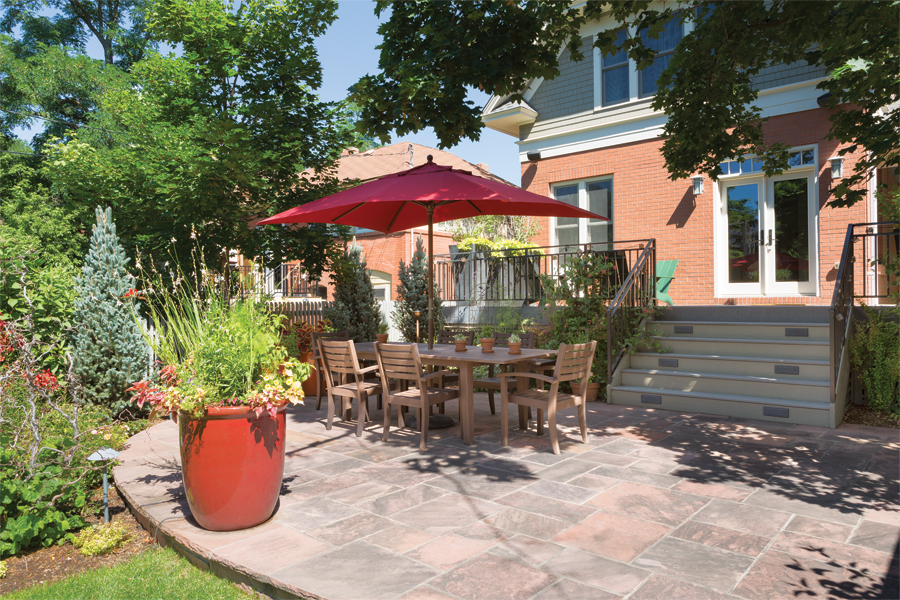Assessing an Architect
02 Jul 2016
Choosing an architect can be daunting, but picking the right pro for your project is crucial.
By Kate Jonuska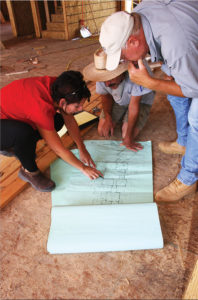
Talk Style
Many houses in Boulder County are some shade of contemporary or traditional. Within these styles, architects often have a signature design. But, Rodwin notes, “If you don’t see the exact house you’re looking for on their website, that’s OK. If you see they know how to make beautiful houses, it can be easy to change from one type of style to another. Your comfort with their overall proficiency and reputation is far more important.” And, he adds, how a home functions is just as important as how it looks.The Whole Picture
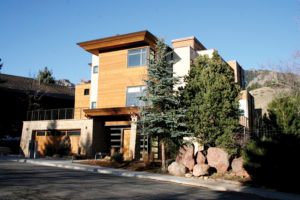
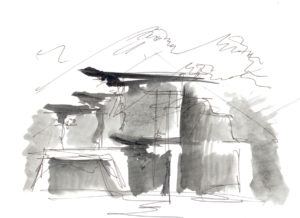 An architect’s website and portfolio will likely be full of beautiful, carefully staged photos meant to impress. But there’s more to pay attention to.
For example, does the layout work? Does the house take advantage of views? Does it look balanced and proportionate, with a nice mix of materials and finishes?
Other things to keep in mind are good use of natural lighting and energy-efficient materials, flexible floor plans that are conducive to traffic flow, and the use of space within rooms.
An architect’s website and portfolio will likely be full of beautiful, carefully staged photos meant to impress. But there’s more to pay attention to.
For example, does the layout work? Does the house take advantage of views? Does it look balanced and proportionate, with a nice mix of materials and finishes?
Other things to keep in mind are good use of natural lighting and energy-efficient materials, flexible floor plans that are conducive to traffic flow, and the use of space within rooms.
What Will the Architect Do?
Some architects just do the design, meaning the firm provides building plans and a list of specifications that includes details like the materials to be used. Others do design and project management, which means they oversee the project, or portions of it, during construction. Still others do full design-build, in which the contractor and crew work in-house with the architect, removing the need for the client to hire builders separately, and allowing for a single point of contact for all facets of the work. Currently, about 25 percent of projects in Boulder County are design-build.Architects that offer other forms of project management provide different levels of service. Some also offer interior services like designing fireplaces and kitchens, ordering appliances, selecting finishes and fixtures, and more. Some firms will even select furniture and artwork. Which level of service you choose will be based on your project and preferences, and may not affect the total price. But it will change the number of people you’ll write checks to.Talk Money
The financial side of an architectural project is both simple and fraught. The payment structure can be simple, with three main ways of conducting business: payment by the hour, payment based on the percentage of total construction costs (usually 10-12 percent), or a combination of the two. An architect should be up front about payment expectations and the services to be provided. Those details should be clearly spelled out in a contract, along with completion dates and other details.
Since homes are personal by nature, the complications that arise often stem from the client’s side. “The universal constant we find is that everyone wants 30 percent more house than they want to pay for,” Scott Rodwin says. “It doesn’t matter the price range. Everyone has the same thing going on. A good architect should be willing to be brutally honest about how long it takes, how much it costs and what you can accomplish for your budget.” –K.J.
Talk It Through
It’s vital to discover what communication will be like between you and the architect, so ask how the architect will work with you, if you’ll have regular meetings or talk via phone or email. Ask how soon you can expect a response to queries, and find out your main point-of-contact person. Often a project manager is assigned to the project, and that one person follows the project from beginning to end. Be sure to get specific dates of what you can expect to see when.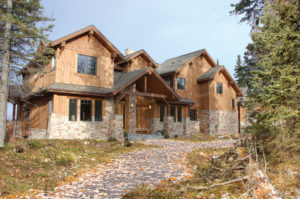
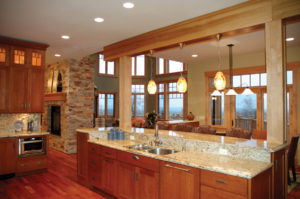 “I think it’s very important for the client to feel that their hopes and dreams are fully understood,” says Mark Quéripel, owner of MQ Architecture & Design in Boulder. “The architect should express back to the client his or her understanding of the client’s desires.”
An architect should listen carefully to your concerns and ask you questions as well, such as your habits, your preferences, how you will use your space, etc., and provide drawings to help you envision the project.
“I think it’s very important for the client to feel that their hopes and dreams are fully understood,” says Mark Quéripel, owner of MQ Architecture & Design in Boulder. “The architect should express back to the client his or her understanding of the client’s desires.”
An architect should listen carefully to your concerns and ask you questions as well, such as your habits, your preferences, how you will use your space, etc., and provide drawings to help you envision the project.
Referrals
References are a client’s best resource, but it’s not as simple as asking a previous client if they like their house. Other vital questions include: Did the architect do what she promised? Is he a good listener? Did you enjoy working with the firm? How do you like living in the house day-to-day? “Another good question,” Rodwin suggests, “is do you have any references for houses you did at least 10 years ago? The reason is you want to see how their work holds up over time. There are lots of houses that look terrific the day they’re turned over to the homeowner, but the difference between good and great architecture is how it endures.”Quéripel says clients will feel more assured if they talk to past clients to see what their experiences were, and if their expectations were met. “Good design and happy clients come from a good relationship and a balancing of the architect’s talents and creativity with the client’s wishes and budget,” he says. Most importantly, pick someone you trust that clicks with your personality and goals. Even though you’ve done your homework and hired an experienced, talented architect “it will all boil down to communications,” Quéripel says, “and a high level of trust.”Do You Need an Architect?
In Boulder County, the answer is more likely to be yes than in many other municipalities, even if you’re not building a custom home. Boulder has size limitations and energy-efficiency regulations, so you often need an architect’s help just to get a permit. Changing internal fixtures and finishes can still be in the realm of DIY or hiring a builder directly, but permits are necessary for structural work or changes to vital systems, like electrical and plumbing. And you might not know the extent of your permitting or out-of-compliance issues unless you bring in an architect. “The owner would not understand those issues if they just hired a builder and started building,” architect Scott Rodwin says. Paying an architect $1,000 to first figure out the project on paper could save you money in the long run. To fix compliance issues after blindly plunging into a project might end up costing $10,000 or more. –K.J.


